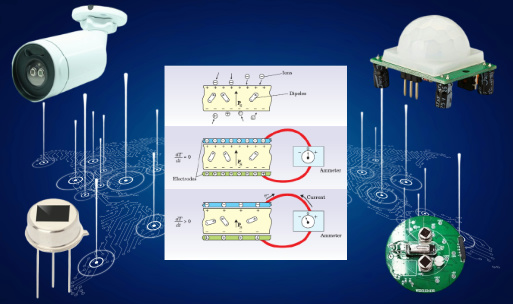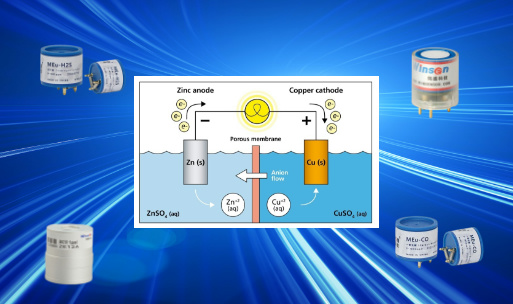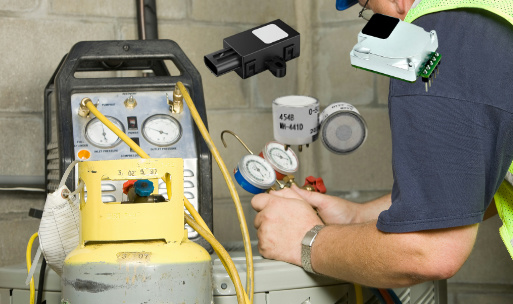Advantages of TDLAS and Laser Methane CH4 Sensors
Principles of TDLAS
Tunable Diode Laser Absorption Spectroscopy (TDLAS) is an advanced technique that measures gas concentrations based on the absorption of laser light at specific wavelengths. The core principle involves tuning a diode laser to a wavelength where methane has a known absorption line. When the laser light passes through a gas sample, methane molecules absorb light at this wavelength, reducing the intensity of the transmitted light. The amount of absorption is directly related to the methane concentration, as described by the Beer-Lambert Law.
Laser Methane Sensors
Laser methane sensors, often based on TDLAS, utilize a laser source tuned to the absorption wavelength of methane. These sensors offer high selectivity and sensitivity, making them ideal for detecting methane in various environments. The key components of a laser methane sensor include a tunable diode laser, an optical system, a gas cell, and a detector.
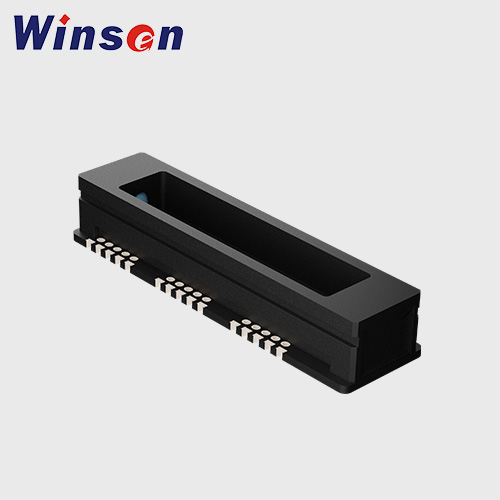
| Target: | Methane CH4 |
| Model: | MH-Z9041A |
| Detection range: | 3-100%LEL (can be customized) |
| Size: | 76.5mmX21mmX14.1mm |
| Output signal: | Serial port (UART) (TTL level 3.0V) |
| Response time: | T90< 15s |
Read More
Advantages of TDLAS and Laser Methane Sensors
High Sensitivity and Selectivity
TDLAS and laser methane sensors can detect methane at very low concentrations, often in parts-per-million (ppm) or parts-per-billion (ppb) levels. Their ability to tune to specific absorption lines ensures high selectivity, allowing them to distinguish methane from other gases.
Fast Response Time
The real-time measurement capability of these sensors allows for rapid detection and monitoring of methane levels, which is crucial for applications where timely information is needed, such as leak detection and industrial safety.
Non-invasive and Non-destructive
These sensors are non-invasive and non-destructive, meaning they do not alter or destroy the gas sample. This is beneficial for continuous monitoring and applications where the sample's integrity must be maintained.
Robustness and Reliability
Designed to operate in various environmental conditions, TDLAS and laser methane sensors are suitable for field and industrial applications. Their robustness and reliability ensure consistent performance over time.
Low Maintenance
Compared to some traditional gas detection methods, these sensors require minimal maintenance. The lack of moving parts and the stability of the laser source contribute to their long-term reliability.
Comparison with Other Methane Sensors
Metal-Oxide Semiconductor (MOS) Sensors
Advantages:
- Robust and durable
- Cost-effective
Disadvantages:
- Lower sensitivity and selectivity compared to TDLAS and laser sensors
- Affected by environmental conditions such as temperature and humidity
- Requires frequent calibration

MPn-4C CH4 Methane Flammable Gas Sensor
- CH4, Methane, Natural gas, marsh gas
- 300~10000ppm (methane, natural gas)
- Read More

MQ-4 MOS Flammable Gas Sensor for Methane CH4 Detector
- methane CH4, natural gas, flammable gas
- CH4(300-10000ppm)
- Read More
Catalytic Combustion Sensors
Advantages:
- Suitable for detecting flammable gases
- Can operate in harsh environments
Disadvantages:
- Lower sensitivity and selectivity
- Affected by environmental conditions
- Requires frequent calibration and maintenance

MD61 Gas Sensor Detection of Methane Hydrogen Inert gases
- Methane, hydrogen, inert gases
- 0~100%
- Read More

MC119 Catalytic Flammable Gas Sensor
- hydrogen, acetylene, gasoline, VOC such as alcohol, ketone, benzene.
- 0-100%LEL Anti-explosion Mark:ExdibⅠ
- Read More
Infrared (IR) Sensors
Advantages:
- Good sensitivity and selectivity
- Non-contact measurement
Disadvantages:
- Higher cost compared to MOS and electrochemical sensors
- Larger and more complex design
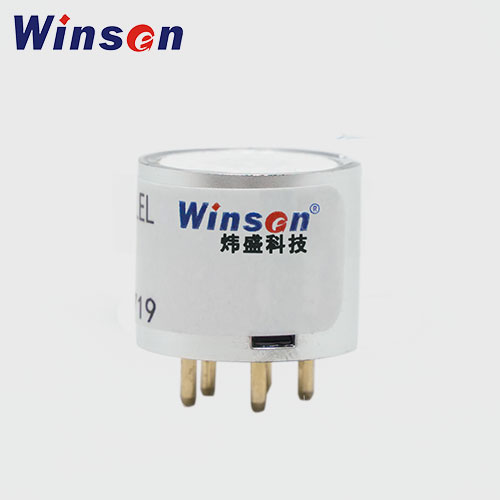
MH-T4041A Low Power Consumption Infrared Gas Sensor
- Hydrocarbon flammable gases
- 0~10% Vol optional(refer to sheet 2)
- Read More
Electrochemical Sensors
Advantages:
- Low cos
- Simple and compact design
Disadvantages:
- Lower sensitivity compared to TDLAS and laser sensors
- Limited selectivity, can be affected by other gases
- Requires frequent calibration and maintenance
Table: Comparison of Methane Sensor Technologies
| Sensor Type | Sensitivity | Selectivity | Response Time | Maintenance | Cost | Robustness |
| TDLAS/Laser | High | High | Fast | Low | High | High |
| Electrochemical | Medium | Medium | Medium | High | Low | Medium |
| MOS | Medium | Medium | Medium | Medium | Low | High |
| Catalytic Combustion | Medium | Medium | Fast | High | Medium | High |
| IR | High | High | Medium | Low | High | High |
More About TDLAS Methane Sensor: What is a TDLAS Methane Sensor, Understanding the Technology and Its Applications




